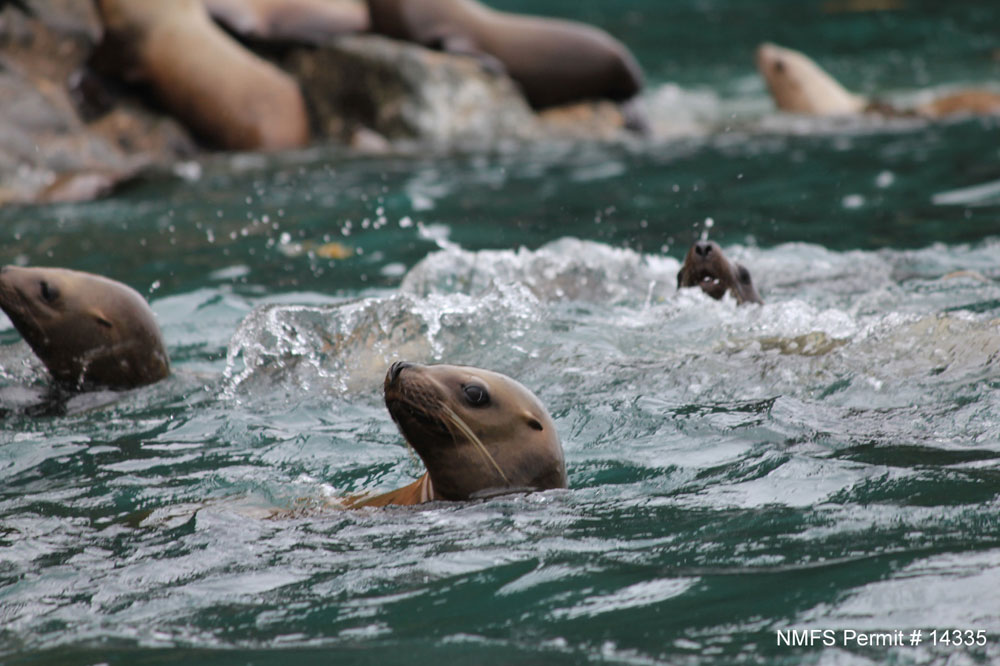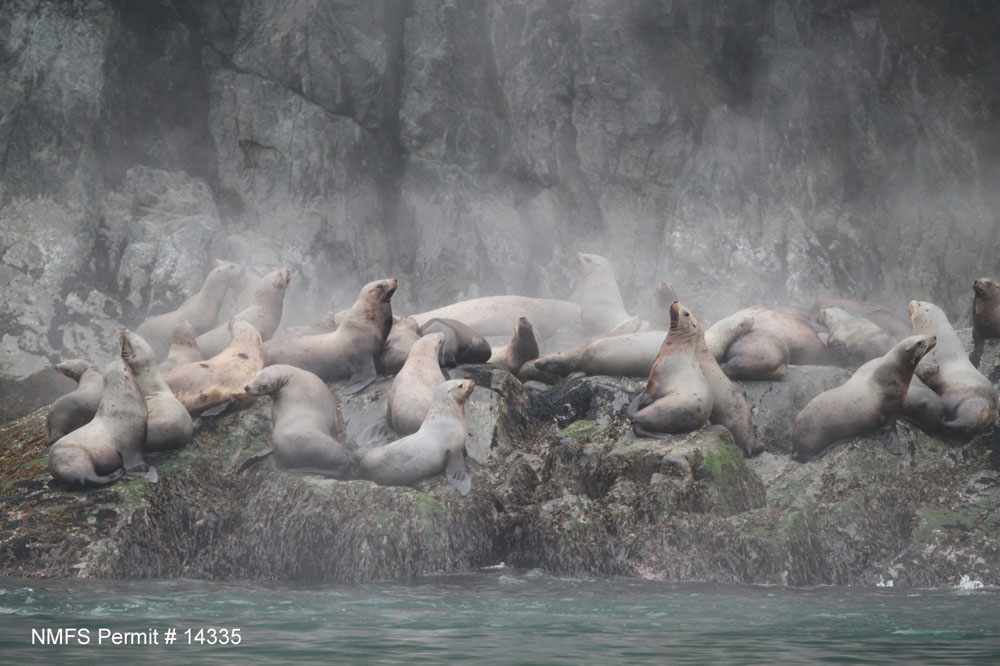Killer Whales Targeting Sea Lion Pups, Alarming Scientists

Killer whales and other ocean predators are targeting and killing the pups of a threatened northern sea lion species at an increasingly high rate, scientists warned this week.
Without a reduction in predators, the sea lion population will have difficulty recovering, the researchers added.
Endangered eared seals
The researchers focused on the endangered western population of the Steller sea lions (Eumetopias jubatus), which is the largest member of the eared seals family. The population has declined by 80 percent from its peak about four decades ago.
They monitored 36 juveniles in the Kenai Fjords and Prince William Sound region of the Gulf of Alaska from 2005 to 2011. The pups had tags implanted in their abdomens to record body temperature, surrounding light levels and other conditions during the sea lions' lives.

After each sea lion's death, the tag data was transmitted to satellites and then analyzed by the researchers. This technology allowed scientists to determine the manner in which the sea lions died, because traumatic deaths and non-traumatic deaths left different "signatures" on the recorders.
"The transmitters are amazing recorders of the life history of the animals, and can tell us in most cases how they died," study researcher Markus Horning, a marine mammal expert at Oregon State University's Hatfield Marine Science Center in Newport, Ore., said in a statement.
Sign up for the Live Science daily newsletter now
Get the world’s most fascinating discoveries delivered straight to your inbox.
Temperature and light can reveal how long it took the tags to become dislodged from the pup or reach the water's surface; this information can then indicate the type of death suffered by the pup.
"Gradual cooling and delayed extrusion are signs of a non-traumatic death, say disease or starvation, or of entanglement, drowning or shooting," Horning said. "When the sensors record precipitous drops in ambient temperature along with immediate sensing of light and the onset of data transmission, it is indicative of acute death by massive trauma — usually associated with dismemberment by predators."
All 11 pup deaths recorded indicated predation as the cause, the researchers said. These results along with a computer model on survival rates "suggest predation on juvenile sea lions as the largest impediment to recovery of the species in the eastern Gulf of Alaska region," the researchers wrote online Jan. 17 in the journal PLoS ONE.
The findings also suggest that predators are increasingly targeting younger Steller sea lions, reducing the number of potential mates.
"The focus of predators on juveniles has the end result of heavily capping female recruitment — or the number of females that survive until they are old enough to have pups," Horning said.
Why the pups?
Because young sea lions spend more time close to shore, where they are suckled by their mothers, predators can find them more predictably than they can locate and target older animals, according to the researchers. The pups' worst enemy may be so-called transient killer whales, or orcas, which most commonly predate the sea lions; other predators include salmon sharks and Pacific sleeper sharks. (Past research has suggested, to meet their caloric needs, an adult killer whale would have to consume two to three Stellar sea lion pups per day or one adult female sea lion every two to three days.)
Researchers warn that there are not enough Steller sea lions being born each year to rejuvenate their population, which is alarming news considering that the marine mammal's population, which has declined by 80 percent over the past four decades, is continuing to decrease.
"As the density of more 'profitable' adults declines, more juveniles may be targeted and never grow to adulthood, which makes rebuilding their populations problematic," Horning said.
You can follow LiveScience writer Remy Melina on Twitter @remymelina. Follow LiveScience for the latest in science news and discoveries on Twitter @livescience and on Facebook.









